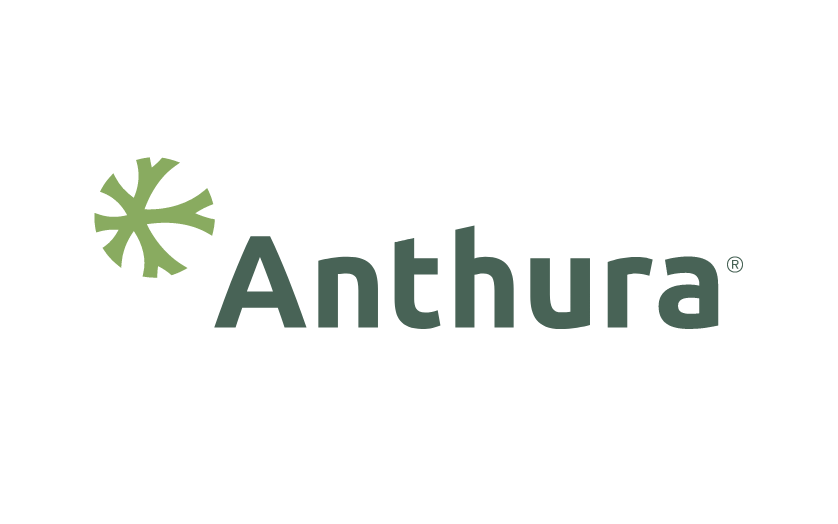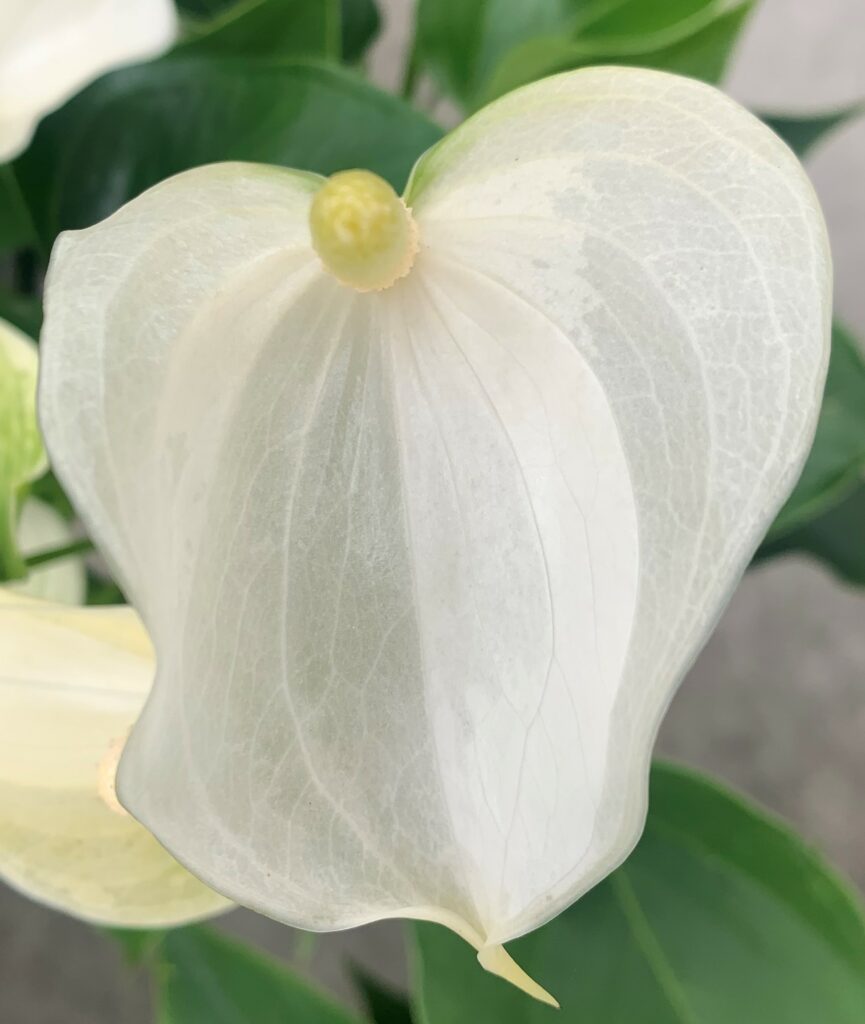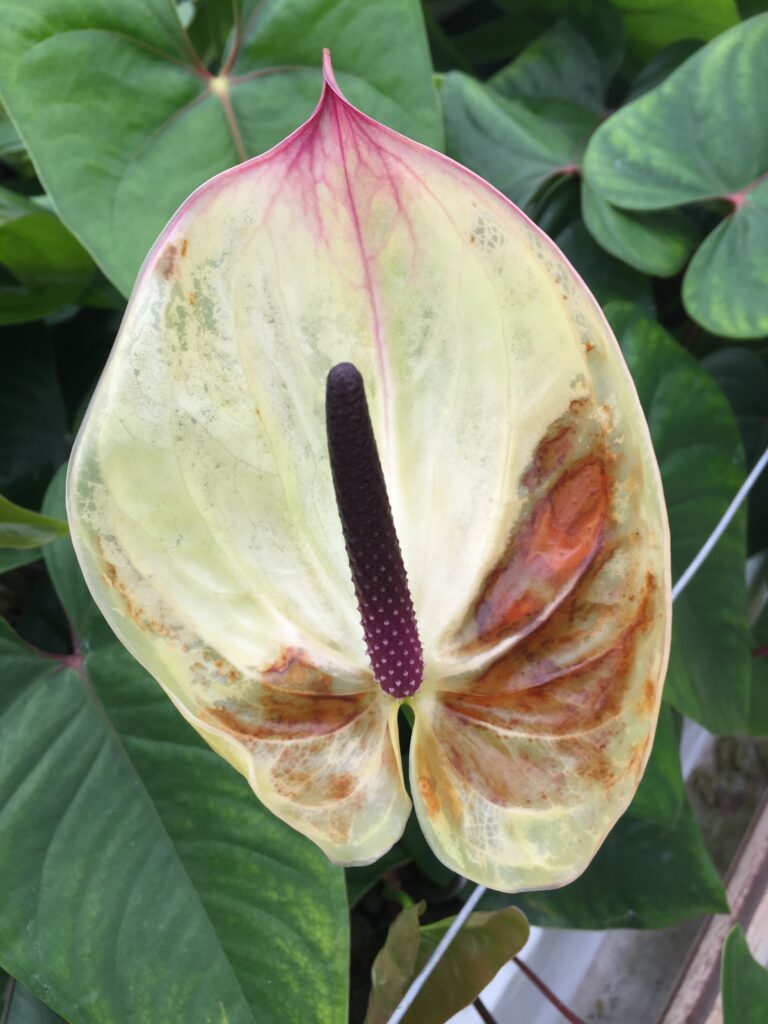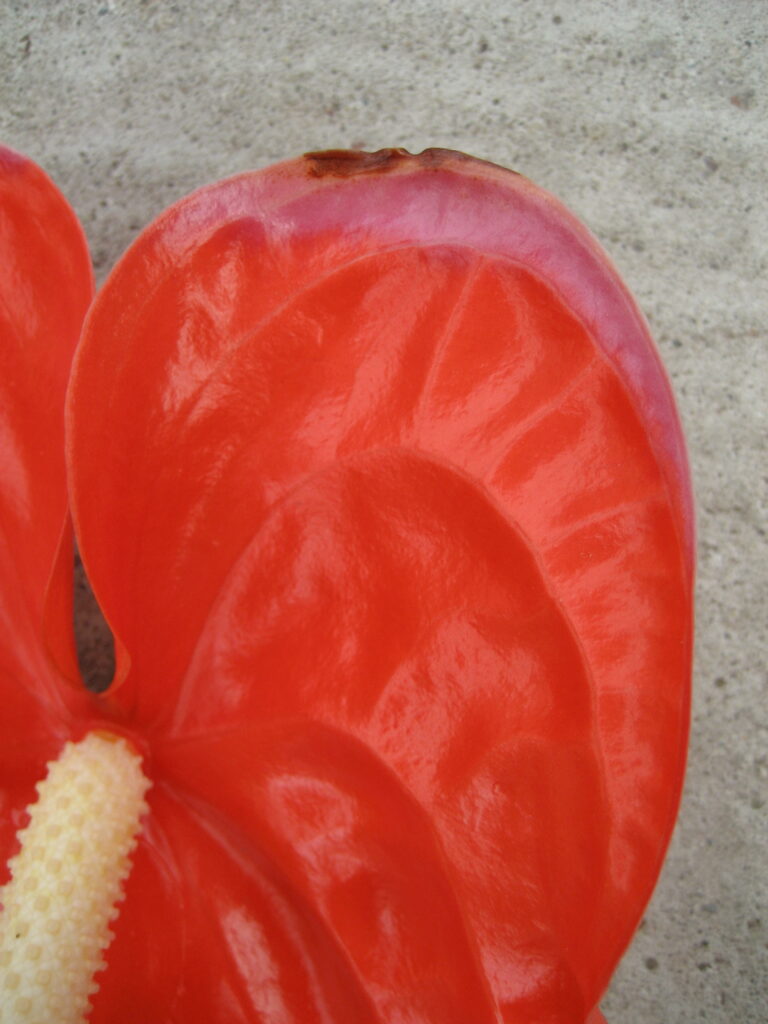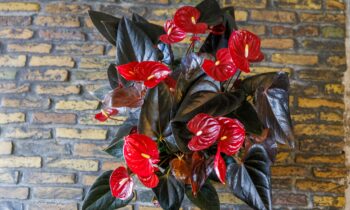In view of the current energy situation, the use of heating and lighting in cultivation must be minimized. This offers great opportunities, as Anthurium is a solid plant and a survivor by nature. The variety has the unique characteristic that it can be grown in a humid climate in combination with moderate temperatures. However, specific conditions must be met.
The guiding principle for a healthy Anthurium crop is to avoid major fluctuations. When the balance between root and plant activity is right, a quality product can be grown in an energy-friendly way. This article discusses the factors that can be taken into consideration.

Glassy root (red) and start rot (blue).
Temperature In terms of temperature, the Anthurium crop offers opportunities to achieve the temperature sum in an energy-efficient manner. The available options are:
* Grow at a lower temperatures during the day (with open screens) and at night with closed screens with a higher temperature, the so-called ‘negative DIF’ (monitor plant and dew point temperature); * When daytime and night-time temperatures are higher, only shift to the daytime temperature when the sun is helping; in winter around 10:00-11:00 (positive DIF); * Heating should be primarily for temperature and as little as possible because of moisture, focusing on plant and dew point temperature rather than on room temperature; * A very low pipe (32-33°C)/floor (26-28°C) temperature already gives (limited) evaporation space; * Heat according to the outside conditions.
Light (integration) The impression is that Anthurium can compensate well for light over a longer period (e.g. a week). Therefore, it is not necessary to exert a strict control on the basis of daylight sums. It is possible to compensate for the darker days on the lighter ones. However, the light values must remain within certain ranges. The pursuit of a weekly light sum is used as a control instrument at various companies. The following factors play a role when it comes to lighting:
* It is better to have a short full exposure than a long half exposure (<30 µ mol/m2/s); * Lighting more at night increases the chance of flower stretching (in the case of Son-t); * Additional daytime lighting (e.g. on weekends) is also used by growers; * There is little experience with widely varying start times exposure in the period without daylight.
Moisture/inactivity As far as the prevention of fluctuations is concerned, the prevention of evaporation fluctuations is especially crucial. This keeps the balance between root and plant activity in good order. The possibilities are as follows:
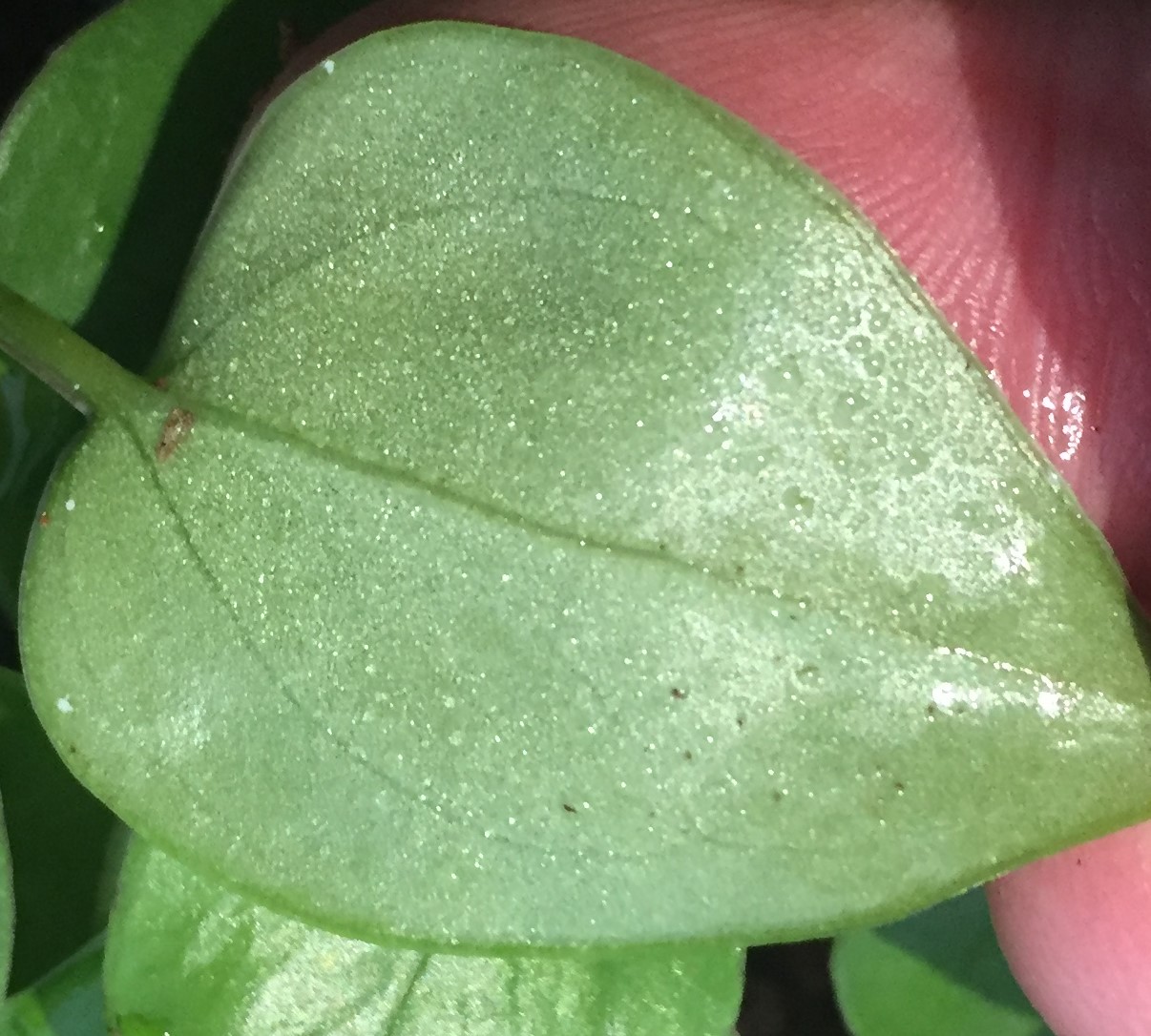
Wet leaves due to leaf temperature reaching dew point temperature.
Don’t use gaps according to moisture, but focus on plant temperature and thereby create positive VPD (vapor pressure deficit). The warmer leaves enable the stomata to release moisture into the greenhouse air; * Always make sure that the crop never reaches the dew point temperature for a long period of time. The flowers and leaves are then covered by a tiny layer of moisture, causing serious quality problems; * The Wageningen University has demonstrated with trials and farm comparisons that cultivation for six hours a day at a MD of > 2.0- 2.5 g/m3 is sufficient to prevent blue/glassiness. * Rapport WUR (Dutch). Never do: Pursue a determined fixed MD by means of gaps and pipe temperature Do: create basic activity by means of low pipe temperature/floor temperature Avoid wet spots in the greenhouse, dripping pipes, leaking drains, etc., because removing moisture from the greenhouse entails a high energy cost. Fans Moving air by fans increases the chance of moisture exchange between stomata and greenhouse air. Fixed foil In cut Anthurium, cultivation with fixed foil has been successful for many years. This has been achieved through trial and error. Foil is usually installed during October and removed at the end of March/beginning of April. Many Anthurium growers use foil as a third movable screen. The advantages of fixed foil * More light as soiled screens can be opened earlier; * More light in winter conditions, as cultivation takes place in the daytime under a closed foil and closed energy screen; * Better plant temperature; * Better ‘natural’ humidity under winter conditions (no high MDs due to frequent heating); * Lower energy consumption, as foil saves around 40% of energy. The disadvantages of fixed foil * In ‘wet’ gardens, a lot of droplets adhere to the foil and the crop gets wet. Farms with predominantly overhead watering have a serious disadvantage; * A lot of effort is required from the air-conditioning system to maintain a basic level of activity; Fixed foil is especially suitable for farms where the night MD is automatically high (above 3.5-4.0 MD) in the autumn and winter; the so-called ‘dry gardens’. There is a huge difference between farms.
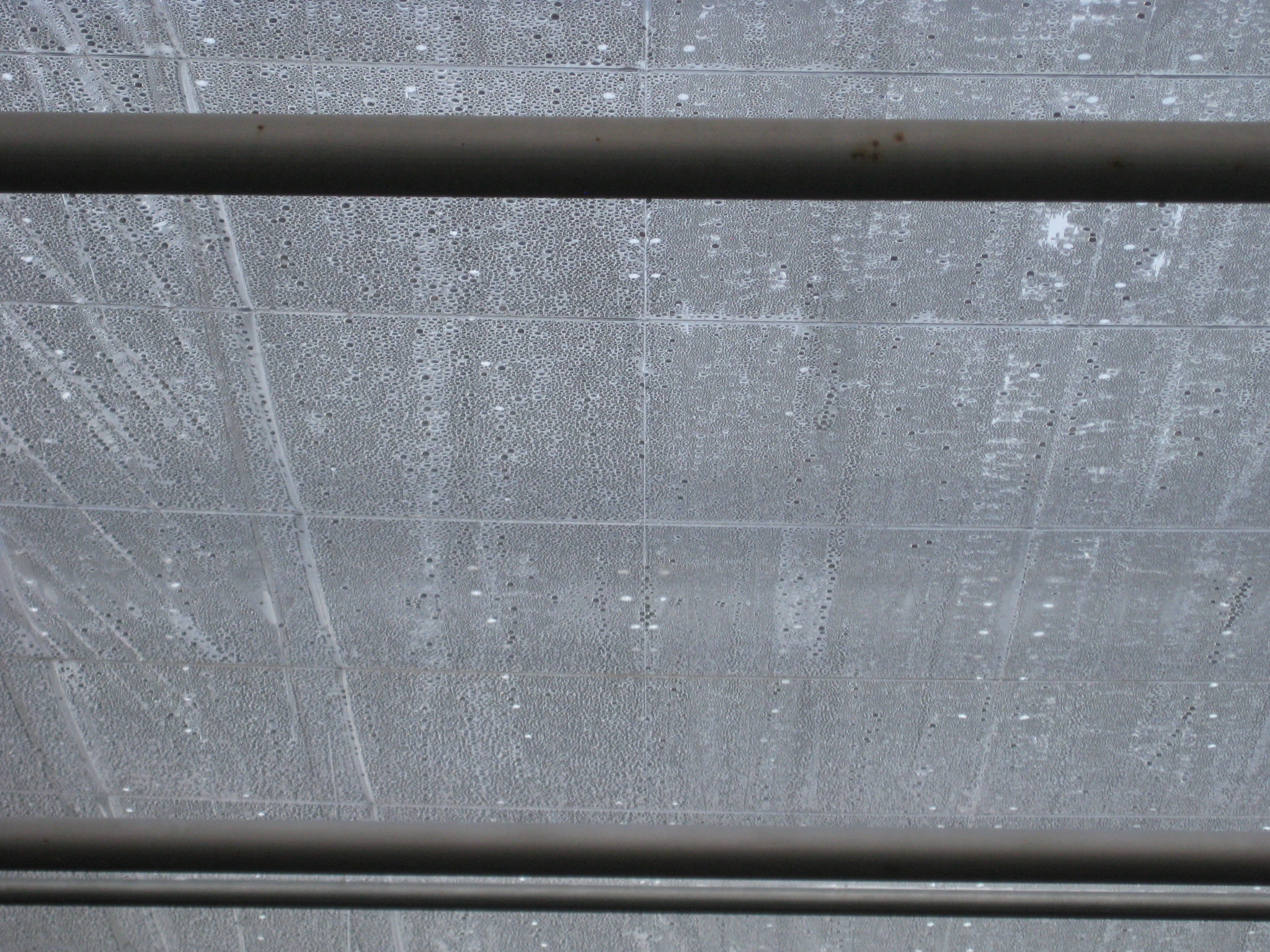
Droplets on foil.
Other cultivation actions when using (fixed) foil
* Increased EC (20-25% higher). Please note that as a result the feeding schedule must be adjusted;
* A low pH increases the risk of glassiness;
* Additional shifting of the K/Ca balance in favour of calcium, especially at higher EC;
* Minimize overhead watering and if crop protection products must be applied, avoid spraying them over the crop;
* Ventilate heavily above the foil in order to reduce the moisture bubble in the greenhouse, depending on the absolute moisture above the screen/foil;
* Absolute moisture (AM) monitoring in the greenhouse, above the screen and outside, provides plenty of insight into the right moment for ventilation;
* Give more priority to upper pipe heating;
* Apply an adapted young leaf breaking regime for cut Anthurium. This technique can lead to an increased risk of quality problems in the winter when using foil;
* Watering will have to be reduced substantially;
* A high CO2 level has a negative impact on the quality of an Anthurium crop;
* Maintain a maximum value of ± 500-600 ppm.
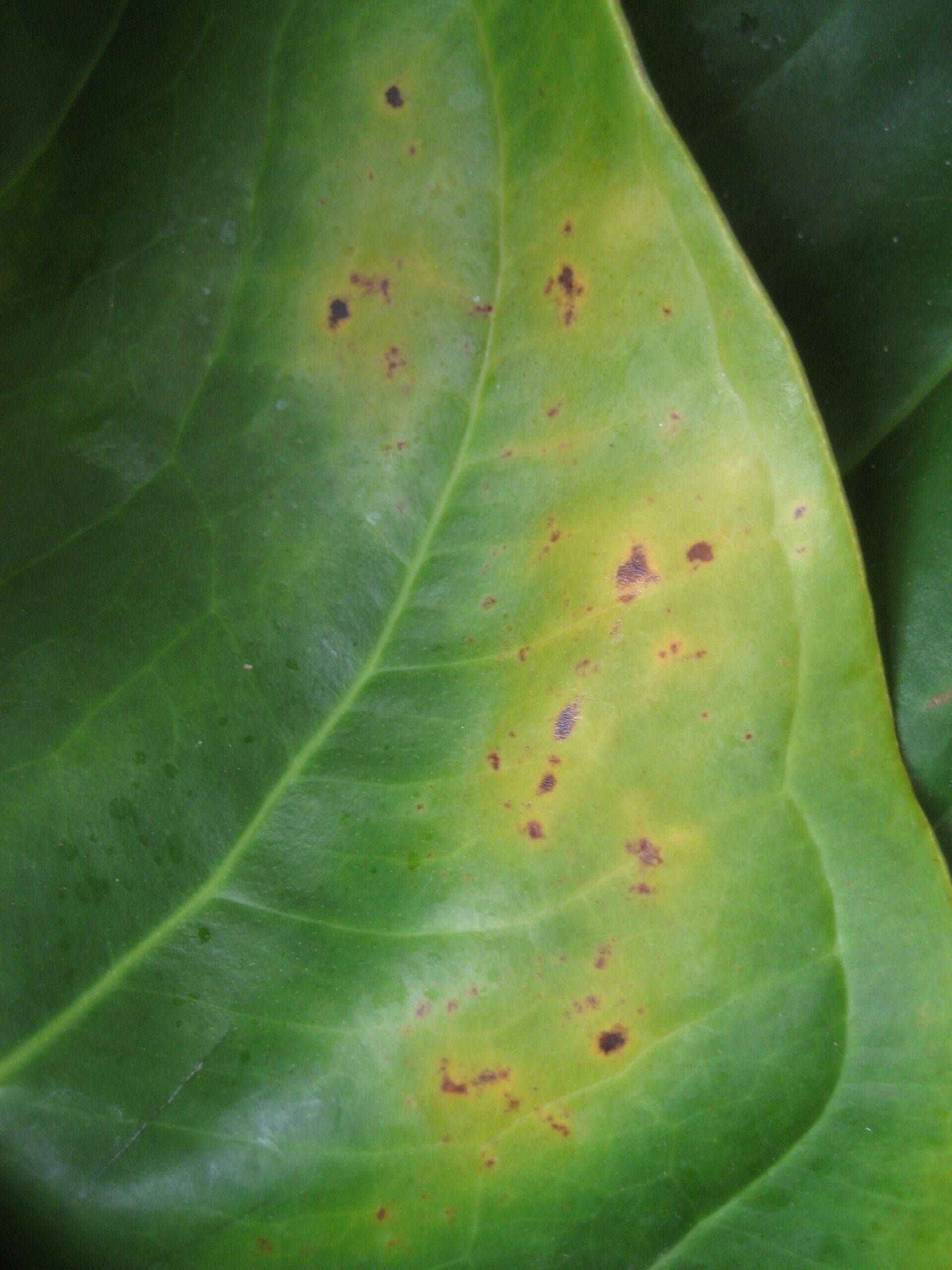
Calcium deficiency in the leaf as a result of inactive cultivation.
Foil and active dehumidification In cut Anthurium, active dehumidification under fixed foil has been used successfully for many years. This method of dehumidification has now also made its appearance in the pot Anthurium sector. Active dehumidification has proven to be the solution to glassiness and quality problems in the crop.
- Glazige bloem.
- Glazigheid overgaand in ernstige necrose.
- Blauw en necrose.
One large dehumidifier of ± 10 kW per ha (max. dehumidification 1000 l per day/100 cc per m2) generally provides enough evaporation space for an adult Anthurium crop in a greenhouse fully closed with foil. Which capacity is sufficient also depends greatly on the cultivation system and type of greenhouse. In addition to active dehumidification, a gentle air flow with plenty of (warm) air movement is also a great advantage in keeping the crop active. The flow of a ± 10 kW installation can be around 20,000 m3 per hour.
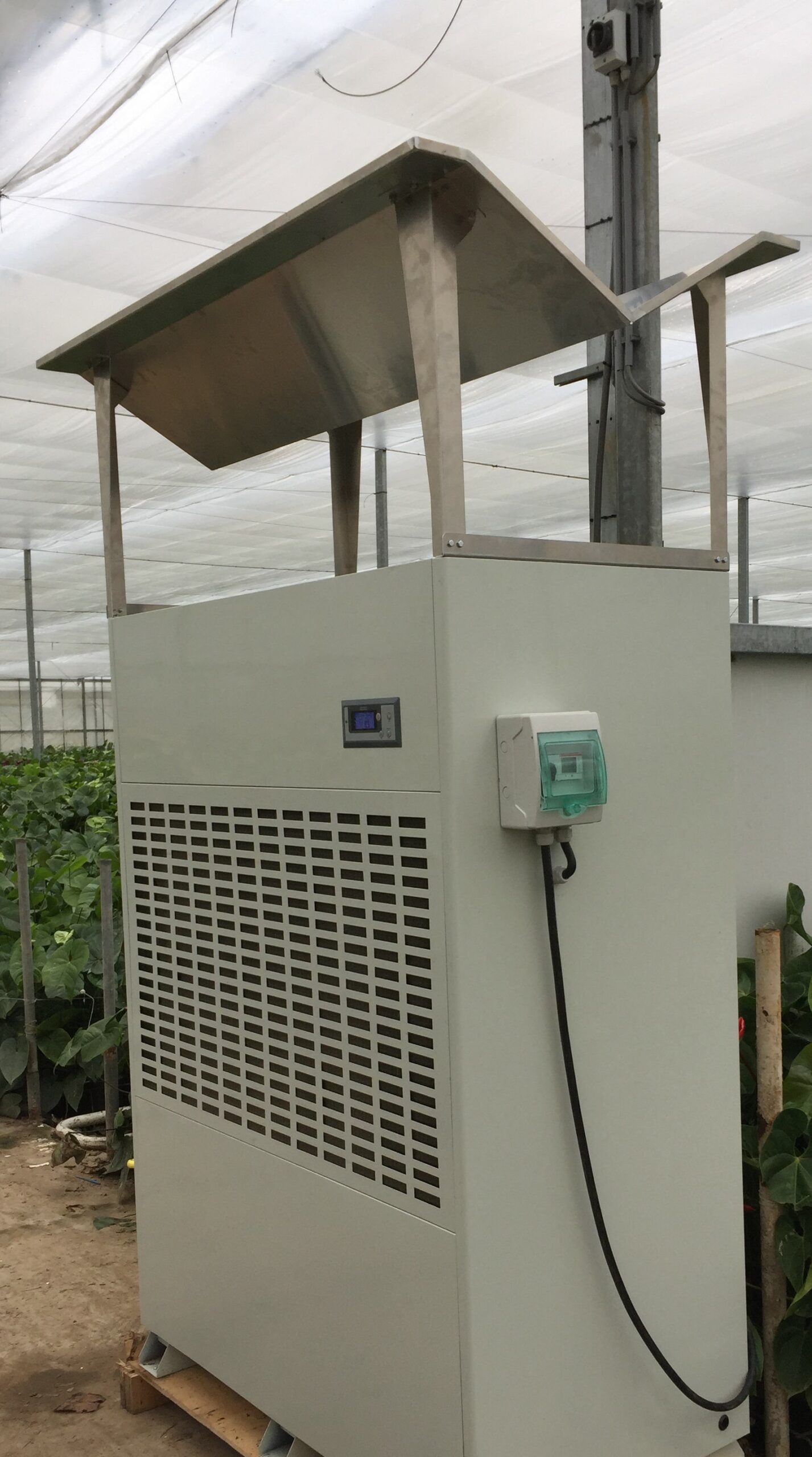
Dehumidifier.
Foil techniques
* Always keep enough space between the movable screen and the foil. Foil can bulge when vented, causing major damage to screen systems;
* Use windbreak wires when there is a short distance between foil and screen;
* Installing foil above screens on an existing wire bed results in severe contamination of the underlying screen;
* The hole pattern ranges from 10-10 cm holes to 30-30 cm holes (7 mm). The least amount of perforation can be applied to movable foil fabrics, because the fewer the holes, the lower the energy loss. With a movable screen, you can create gaps. Growers sometimes opt for a higher perforation in more humid parts of a department (or towards the façade) than in the rest of the greenhouse;
* Always use anti-condensation foil;
* Prevent water leaks in the greenhouse as well as algae and moss formation.
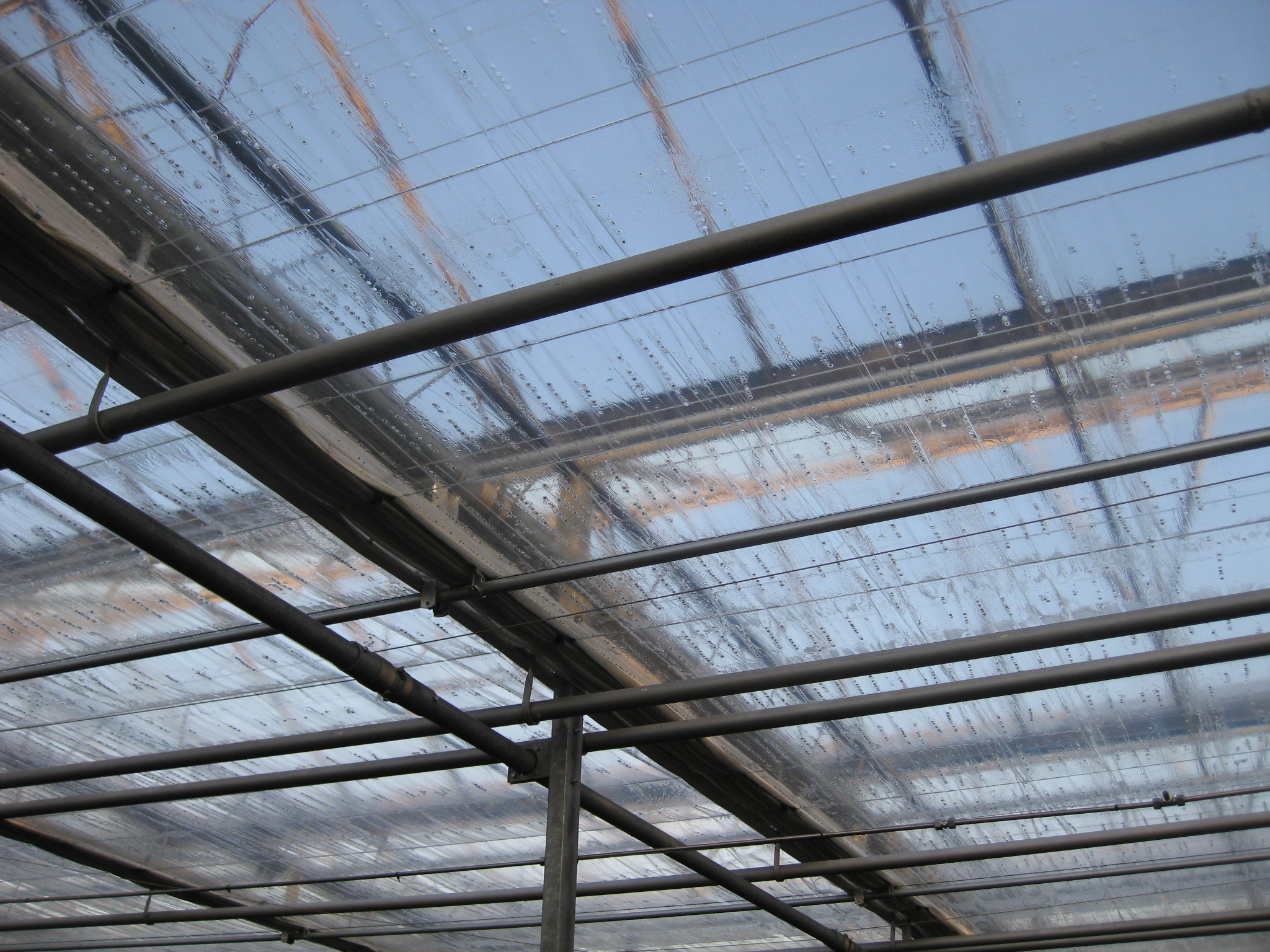
Foil installed on wire bed of lowest screen.
Climate control
Measuring absolute moisture at different positions in the greenhouse and plant dew point temperature is a useful tool to establish the climate limits without getting into trouble. Mobile microsensor technology can certainly come in handy here.
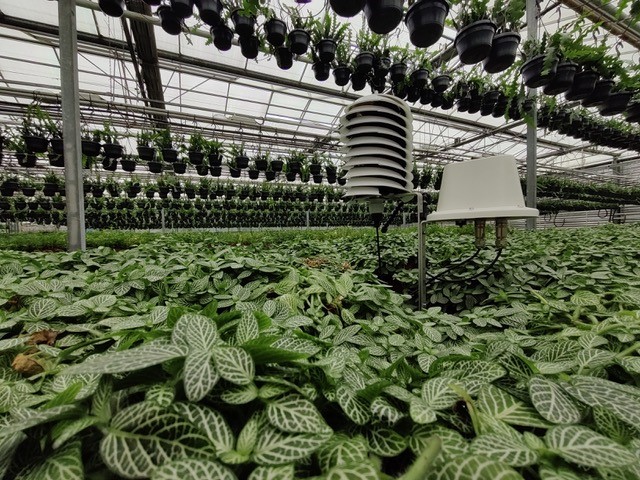
Pointed Micro Climate sensor.
Other measures and areas of concerns * Make sure the glass is crystal clear so that all the free energy from the sun can reach the crop; * If growing without foil, consider keeping foil in stock for extreme conditions; * The possibility of heating with fuel oil is an insurance against energy supply problems; * Always remove snow directly from the deck by heating. Once the greenhouse is covered with snow, it takes a lot of extra energy to remove it from the deck because of the layer of air that forms between the glass and the snow; * Minimize the introduction of moisture through the rain pipe and keep the top layer of the substrate drier; * If the expected light sum and temperature at crop level is significantly behind that of other years, then the leaf-cutting regime (cut Anthurium) and the planting positions (pot Anthurium) should be adjusted. The topics of this article are not separate items, but interact in many ways. Lower energy inputs can cause growth, health and shelf-life problems in the crop. By properly monitoring the crop and the climate by your crop experts and advisors, energy saving and healthy cultivation can go hand-in-hand.
